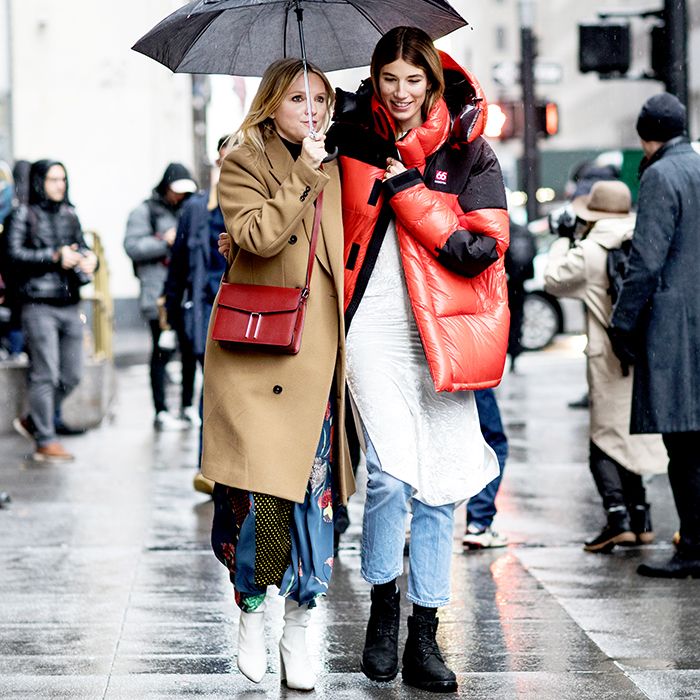Unlock the Keys of Ageless Eastern Use
Discovering the enigmatic world of ageless Eastern wear dives into a realm where artistry, society, and background converge to develop garments that transcend simple textile and string. The complex tapestry of custom intertwined with modern elements offers a glimpse right into a world where every stitch narrates, every concept an icon of significance. Revealing the secrets behind these creations unveils a tapestry of heritage waiting to be unraveled, inviting one to journey via the heavenly beauty and aura of Eastern fashion.
Background of Eastern Style
The background of Eastern fashion go back centuries, mirroring the rich cultural heritage and practices of varied areas throughout Asia. Each region boasts its unique designs, materials, and styles that have been affected by aspects like climate, religion, social standing, and profession routes. eastern wear pakistan. For instance, the complex silk garments of China symbolize elegance and refinement, while the lively saris of India showcase a kaleidoscope of colors and patterns.
In Japan, the robe has actually been an icon of practice and improvement for generations, with various designs put on for numerous occasions. The history of Eastern fashion is a tapestry of development and practice, mixing old techniques with modern-day influences to create a dynamic and ever-evolving industry.
Value of Standard Clothing
Standard clothes functions as a social emblem, symbolizing the worths, ideas, and heritage of communities in Eastern cultures. eastern wear pakistan. These garments are not just items of material however are symbolic representations of the rich history and traditions gave with generations. In Eastern cultures, standard clothes plays a substantial function in ceremonies, festivals, and everyday life, showing the social condition, regional associations, and even marital status of people
The value of standard clothing exceeds aesthetic appeals; it is a way for people to get in touch with their roots and share satisfaction in their social identity. Each garment, from the intricate sarees of India to the moving hanboks of Korea, brings with it a narrative of workmanship, importance, and meaning that is deeply embedded in the fabric of culture.
In addition, standard attire offers as an aesthetic language, communicating tales of accomplishment, unity, and durability. By putting on these garments, individuals not just honor their heritage yet also add to the preservation and party of their cultural heritage.
Evolution of Eastern Embroideries
Eastern embroideries have an abundant background that extends centuries and have actually continuously advanced to include diverse cultural influences and respond to moving creative fads. The development of Eastern needleworks can be traced back to ancient people where detailed layouts were hand-stitched onto fabrics utilizing standard strategies.

Today, Eastern embroideries continue to develop, blending standard workmanship with contemporary layout sensibilities to create classic items that commemorate the elegance of multiculturalism and imaginative technology.
Luxurious Fabrics in Eastern Wear
Lavish textiles play an essential duty in boosting the aesthetic charm and top quality of Eastern wear, improving the general allure and sophistication of traditional garments. Eastern wear is renowned for its extravagant fabrics that not just mirror the region's rich social heritage yet additionally symbolize sophistication and grace. Silk, a fabric synonymous with deluxe, is usually utilized in crafting Eastern outfit, imparting a glossy sheen and a soft, smooth structure. The great threads of silk not only drape wonderfully but additionally add a touch of extravagance to clothing.
Along with silk, textiles like chiffon, brocade, and velour are also typically featured in Eastern wear. Velour brings a stately and plush feeling to conventional sets, while brocade, with its intricate patterns and metallic strings, includes a touch of splendour. Chiffon, on the various other hand, is preferred for its lightweight and ventilated top qualities, making it a popular option for flowing shapes and fragile embellishments. These lavish fabrics not only raise the visual appeal of Eastern wear but likewise make sure a feeling of improvement and sophistication that goes beyond time.
Incorporating Eastern Style Today
In contemporary fashion landscapes, the combination of Eastern affects provides a harmonious fusion of cultural heritage and modern appearances. Developers and fashion lovers alike are embracing the rich tapestry of Eastern fashion, including traditional components right into modern-day shapes and designs. From detailed needlework to vibrant shades and luxurious textiles, Eastern fashion today provides a diverse range of options that deal with an international target market.
One way Eastern fashion is making its mark in modern closets browse around these guys is with the adaptation of conventional garments such as the kimono, saree, or qipao right into everyday wear. These items, when reserved for unique events, are currently reimagined in more casual kinds, enabling their pop over here consolidation into day-to-day fashion choices. Additionally, using standard patterns and themes in Western-style clothes includes a touch of exotic beauty to contemporary clothing.

Final Thought
In final thought, discovering the abundant background, importance, and evolution of Eastern style reveals an ingrained link to heritage and values. The luxurious textiles and elaborate needleworks of Eastern put on showcase the adaptability and eternity of traditional layouts. Incorporating Eastern affects in modern fashion enables a fusion of practice and development, creating an unified balance in between the past and today.
Lavish textiles play a crucial duty in raising the visual appeal and high quality of Eastern wear, enhancing the general allure and refinement of conventional garments. Developers and fashion lovers alike are welcoming the rich Go Here tapestry of Eastern style, incorporating typical elements right into modern-day silhouettes and designs. From intricate embroidery to lavish fabrics and vivid colors, Eastern fashion today uses a diverse variety of alternatives that provide to a global audience.
One way Eastern style is making its mark in contemporary wardrobes is with the adjustment of typical garments such as the kimono, saree, or qipao into day-to-day wear. The elegant materials and complex needleworks of Eastern put on showcase the flexibility and eternity of traditional designs.